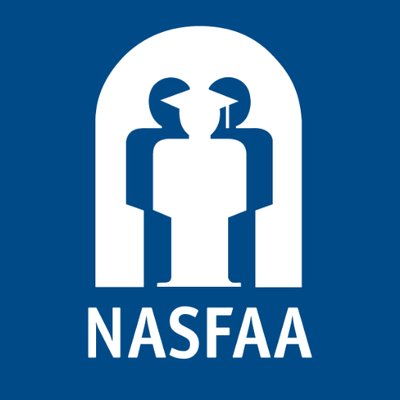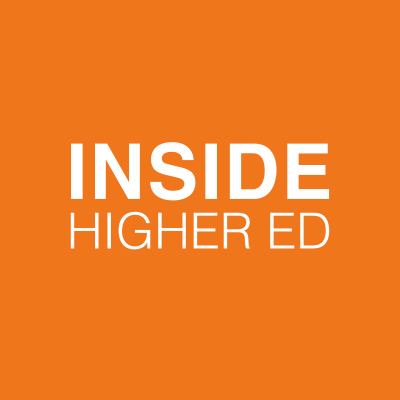
NASFAA
February 01, 2023 Student Success, Value and Affordability
3.6 billion in Pell Grants were unclaimed in 2022 as a result of students not completing the FAFSA, a new report from NCAN suggests. The class of 2021 left nearly $3.75 billion in Pell grants unclaimed. States with the highest rates of FAFSA completion for 2022 high school graduates include Washington, D.C. at 74%, and Tennessee and Louisiana at 71% and 69%, respectively. States with the lowest completion rates include Alaska at 35%, Utah at 48%, and Oklahoma at 43%. NCAN points to the pandemic as one reason behind the significant decline in FAFSA completions.

Inside Higher Ed.
January 03, 2023 Student Success, Value and Affordability
Congress is sending more than $1.5 billion to colleges and universities thanks to earmarks and pouring millions more into student success grant programs as part of the $1.7 trillion spending package for fiscal year 2023 that lawmakers approved late last month. The bill increases the maximum annual Pell Grant award to $7,395. It’s the second increase in as many fiscal years and the largest in a decade.

Higher Ed. Dive
December 15, 2022 Enrollment Management Trends, Value and Affordability
College operating costs jumped 5.2% in the 2022 fiscal year. This is the highest rate of inflation since 2001, when it hit 6%. It is also the first year in almost a decade that the Consumer Price Index (CPI) exceeded the Higher Education Price Index (HEPI).

Inside Higher Ed
November 11, 2022 Enrollment Management Trends, Value and Affordability
The U.S. Education Department will move forward with parts of the FAFSA Simplification Act next fall, which will require colleges and universities to update their total cost of attendance calculation. Guidance has been provided to institutions to calculate the new figures.

Higher Ed. Dive
August 19, 2022 Student Success, Value and Affordability
A student who is a parent and works 10 hours per week at a minimum wage job cannot afford tuition and child care at a public institution in any state. On average, these students need to work 50 hours per week to meet their expenses. Increasing the federal minimum wage, doubling the Pell Grant for low-income students, expanding on-campus child care, and collecting additional data about student parents are potential strategies to help mitigate this disparity.

Higher Ed. Dive
August 02, 2022 Enrollment Management Trends, Value and Affordability
New Jersey regulators can revoke higher education institutions’ authority to grant degrees and credentials if they don’t meet quality standards. A new law signed last week requires state agencies to create metrics for gauging the success of career-centered programs, based on the ratio of tuition rates versus graduates’ anticipated earnings. This benchmark applies to all institution types.

Inside Higher Ed
July 06, 2022 Enrollment Management Trends, Value and Affordability
The House Appropriations Committee approved a funding plan to increase funding for the Education Department by 13 percent for 2023. The bill would allocate over $3.9 billion for higher education, and $24.6 billion for federal student aid programs. Increases to the Pell Grant would have a greater impact on students attending colleges with lower tuition prices.

Higher Ed. Dive
July 06, 2022 Enrollment Management Trends, Value and Affordability
Operating revenue increased in 2021 due to boosted state funding, federal pandemic relief, and institutions cutting expenses. However, enrollment declines, lower auxiliary revenue and increased financial aid caused revenue from students to decrease. Operating revenue grew by a median 3.1%, compared to 0.6% in 2020.

Higher Ed. Dive
April 28, 2022 Enrollment Management Trends, Value and Affordability
About 9% fewer students completed FAFSA forms as of the end of March compared to the same point last year. This was driven by a decline in FAFSA renewals as the share of new FAFSA filers rose. Completions among already enrolled students fell by 12% from last year. The new data means colleges should expect fewer students to enroll for the 2022-23 academic year.

Inside Higher Ed
April 18, 2022 Student Success, Value and Affordability
A positive impact of the pandemic for many students has been access to post-secondary cost savings and financial aid, made possible through federal grants and institutional aid programs. Many institutions waived fees, temporarily eliminated charges for some services or forgave outstanding balances. It’s evident cost-saving measures for students, especially for first-generation, Indigenous and students of color need to continue.